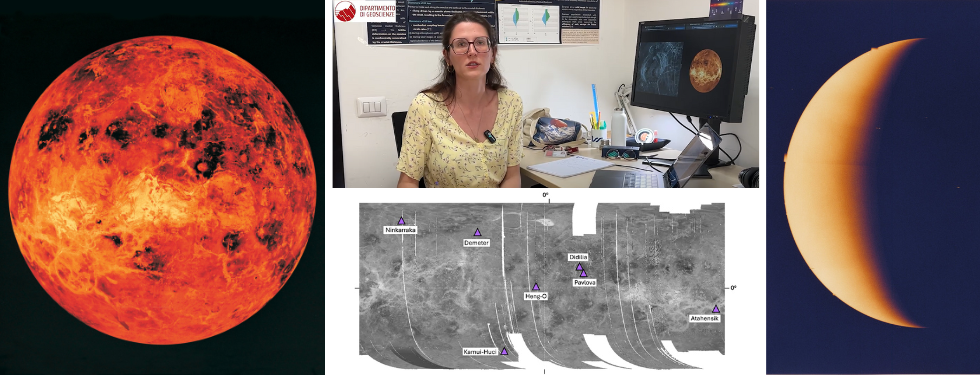Unveiling the architecture of coronae on Venus

Unveiling the underground plumbing system of Venus’ coronae, i.e. large volcano-tectonic structures peculiar to Venus, could unlock insights into the planet’s geological evolution and potential for future quake detection. A new study led by the University of Padova has done just that for the coronae - the most prominent surface expressions of mantle plume activity on our sister world.
Through meticulous mapping of fractures surrounding corona samples and applying a set of analyses first developed for Venus research, the authors - Barbara De Toffoli from the Department of Geosciences of the University of Padova and Francesco Mazzarini from the National Institute of Geophysics and Volcanology in Pisa - discovered distinct mechanical signatures between fractures confined outside the annular rims of coronae and those penetrating their interiors.
This dichotomy points to two discrete layers in Venus’ lithosphere with contrasting properties. The rim fractures only extend to depths consistent with the planet’s estimated crustal thickness of around 20 km. However, fractures inside the coronae’s central regions can reach deeper, scaling proportionally to the coronae diameter. This suggests that the innermost fracturing involves mechanical coupling between the crust and uppermost mantle facilitated by the high strain rates linked to the mantle plume upwellings. Intriguingly, assuming Venus to be a geologically and seismically active planet, many of these fractures have the potential to produce seismic activity above the detection threshold for orbital instruments proposed for future Venus missions.
“We observed that the larger the corona, the deeper the fractures. And this is a sort of giving a glimpse on the evolution of these very enigmatic features”, said Barbara De Toffoli, first author of this study that was conducted in the framework of her project HECATE which concerns coronae and the Venusian volcano-tectonics.
By shedding light on the elusive subsurface architecture of these puzzling Venusian features, this study marks a leap in unraveling the enigmatic geological machinations sculpting Earth’s volcanic twin.
TITLE: Subsurface mechanical architecture of coronae on Venus and its implications for processes governing fractures and seismicity
AUTHORS: Barbara De Toffoli, Francesco Mazzarini
LINK TO THE STUDY: https://www.nature.com/articles/s41598-025-02657-w





